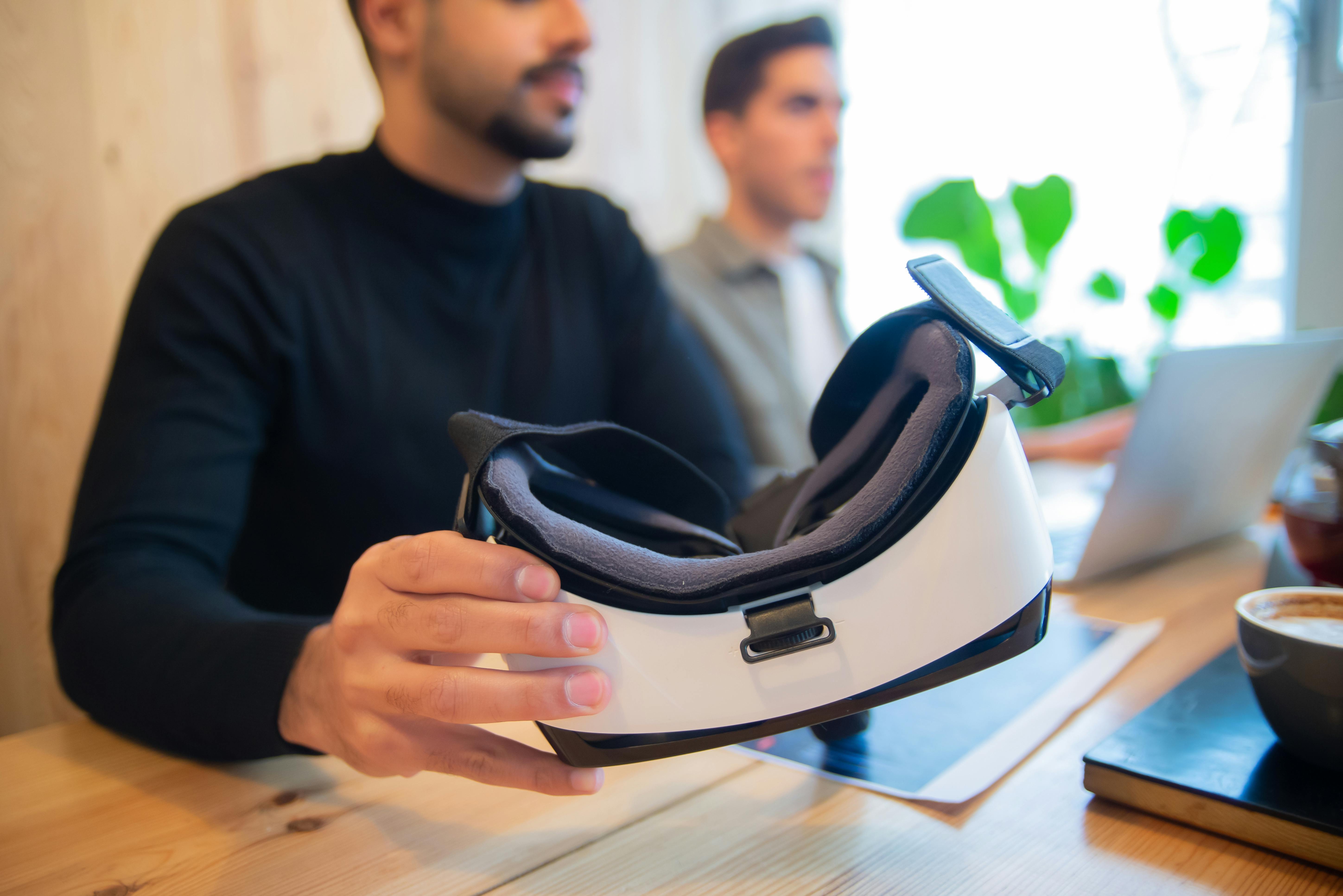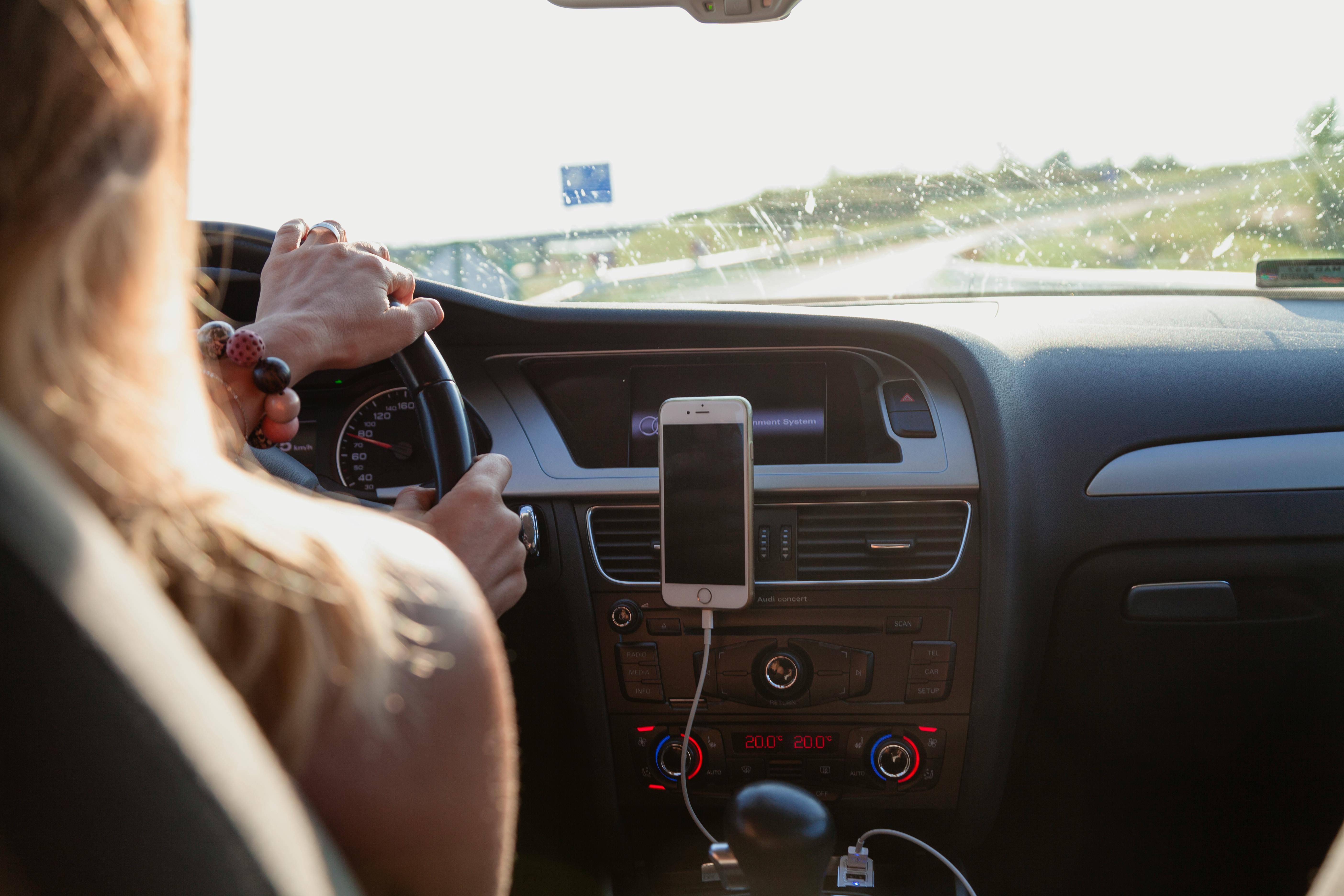
Online product demos have experienced a notable evolution over the years. No longer relegated to flashy sales presentations or basic instructional videos, these platforms have transformed into sophisticated tools that enable companies to showcase their products in inventive ways. This evolution reflects changes in consumer behavior and the growing importance of user experience. But how did we get here?
The Rise of the Interactive Demonstration
The early days of online product demos were characterized by static presentations and lengthy instructional videos. These primitive attempts were largely one-sided, offering little to no interaction for the viewer. The evolution began as companies started recognizing the potential of web-based technologies for engaging potential customers.
With the advent of advanced technological solutions, online demos have further benefited from platforms like the product experience platform. Such platforms are designed to greatly enhance the buyer journey by leveraging automated demos and analytics, thus providing valuable insights into customer engagement. This integration allows businesses to refine their demos and elevate the overall user experience.
In recent years, interactivity has become the name of the game. Current demo platforms have harnessed the power of live-streaming and interactive tutorials to create engaging user experiences. Consumers are now able to explore a product as if it were in their hands, increasing the potential for conversions during the research phase.
The impact of gamification has also contributed to the interactive component of product demos. By incorporating game-like elements, users are encouraged to explore and learn more about the product enjoyably. This strategy not only enhances engagement but also aids in retention, making the information presented in demos more memorable. As companies experiment with various interactive formats, the scope for creativity becomes almost limitless.
The Role of Artificial Intelligence
The move towards interactive demos was made possible by advancements in Artificial Intelligence. AI-powered chatbots and virtual assistants enhance the experience, providing real-time responses to user queries and seamlessly guiding them through product features. This convergence of AI and demo platforms allows for an experience that mimics personal interaction while maintaining automation.
The integration of AI not only facilitates user engagement but also enables the collection and analysis of valuable data. Companies can track user interactions, preferences, and pain points in unprecedented detail, allowing for continuous refinement and optimization of their offerings.
Furthermore, machine learning algorithms can dynamically adapt and refine demo presentations based on user behavior patterns. This responsive approach creates an experience tailored to individual needs, subtly adapting to preferences and highlighting features that merit attention. The synergy between AI and human-designed content has set the stage for demos that resonate more deeply with potential customers.
User-Centric Approaches
Today’s product demos are all about the user. Companies have adopted customer-centric approaches, moving away from traditional sales pitches to delivering genuine value and education through their demos. Featuring self-paced learning modules, these platforms allow users to explore products on their own terms. Personalization is key, as consumers expect demos to reflect their specific interests and needs.
The ability to customize demos to suit individual user preferences extends across industries. Tech companies, in particular, have led the charge in offering personalized demos that actively engage their target audiences.
The added benefit of user-centric demos is the increased consumer trust they cultivate. By focusing on what the customer values, businesses can bridge the gap between perception and reality, fostering a sense of transparency. As customers find themselves center-stage in the demo experience, they feel a stronger connection to the brand, resulting in lasting brand loyalty.
The Social Media Influence
Social media has inevitably played a major role in the evolution of product demos. As platforms like YouTube, TikTok, and Instagram exploded in popularity, they became ideal spots for hosting engaging and authentic demos. Influencers showcasing products in their unique style amplified credibility and reach, effectively merging social proof with product demonstration.
Word-of-mouth has taken a modern twist; user-generated content often serves as the cornerstone for demos, where consumers share personal insights and experiences, amplifying authenticity and fostering community engagement.
The interconnectivity of social platforms serves not only as a promotional channel but also as a feedback mechanism for companies. Brands can leverage these insights to fine-tune their demos or co-create with content creators in unique and novel ways. By engaging actively with audiences, companies ensure they remain attuned to evolving preferences, maximizing the impact of their demo content.
Looking Ahead
The future of online product demos seems poised for further innovation. Virtual and augmented reality technologies are on the horizon, promising to elevate the demonstration experience to new heights. As technology advances, expectations will continue to rise as consumers demand ever-more engaging and immersive ways to learn about products.
Indeed, the journey of online product demo platforms indicates a promising path forward, where interactivity, personalization, and user-centric experience will likely dominate the industry. As these platforms become an important part of the consumer decision-making process, the industry must remain vigilant, adapting and evolving to meet the dynamic field of consumer expectations.
To remain competitive, companies are expected to continually explore the integration of advanced technologies and methodologies. Developing a keen understanding of user psychology and behavior will remain central, allowing businesses to anticipate future changes. Staying ahead in this rapidly advancing field will rely on blending the art of storytelling with technological prowess, offering consumers an experience that is not only informative but also deeply engaging.



